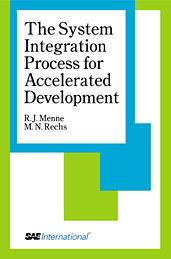Journal Article
Tomorrows Diesel Fuel Diversity - Challenges and Solutions
2008-06-23
2008-01-1731
Regulated emissions, CO2-values, comfort, good driveability, high reliability and costs, this is the main frame for all future powertrain developments. In this frame, the diesel powertrain, not only for passenger cars, but also for commercial vehicle applications, faces some challenges in order to fulfil the future European and current US emission legislations while keeping the fuel consumption benefit, good driveability and an acceptable cost frame. One of these challenges is the varying fuel qualities of diesel fuel in different countries including different cetane number, volatility, sulphur content and different molecular composition. In addition to that in the future, more and more alternative fuels with various fuel qualities and properties will be launched into the market for economical and environmental reasons. At present, the control algorithms of the injection system applied in most diesel engines is open loop control.

